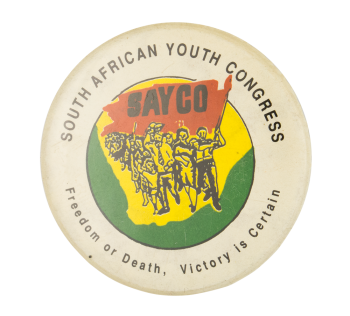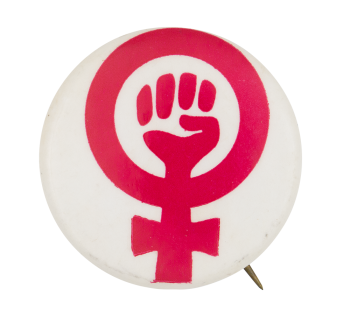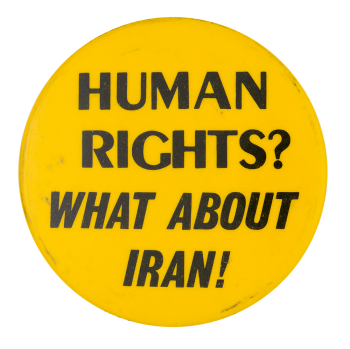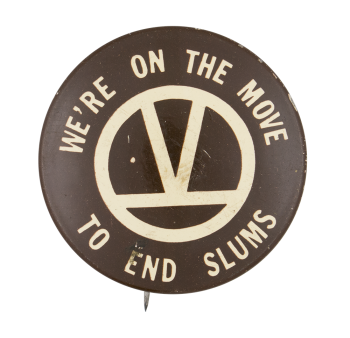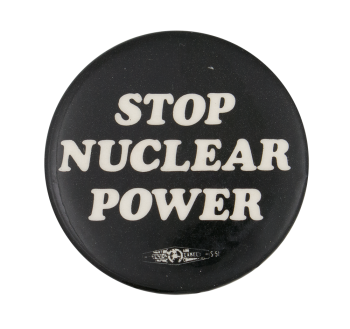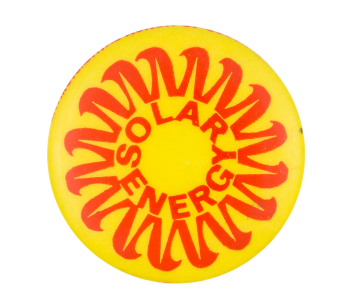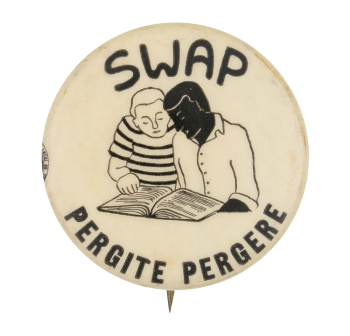UUSC Human Rights
| Category | |
|---|---|
| Additional Images | |
| Sub Categories | |
| Text on Button | UUSC Human Rights our most important product |
| Image Description | White button with red text and small red logo. |
| Back Style | |
| The Shape | |
| The Size | |
| Additional Information | The Unitarian Universalist Service Committee was established in 1940. Their mission is to advance human rights and social justice around the world. They are a non-profit organization that depends on grassroots support. Over 40,000 volunteer and support this group. UUSC has done work in Haiti, Rwanda, Darfur, and within the United States. |
| Catalog ID | CL0367 |



